
AeroGenie: Su copiloto inteligente.
Tendencias
Categories
Aircraft Leasing Companies Offer Potential Benefits for Investors
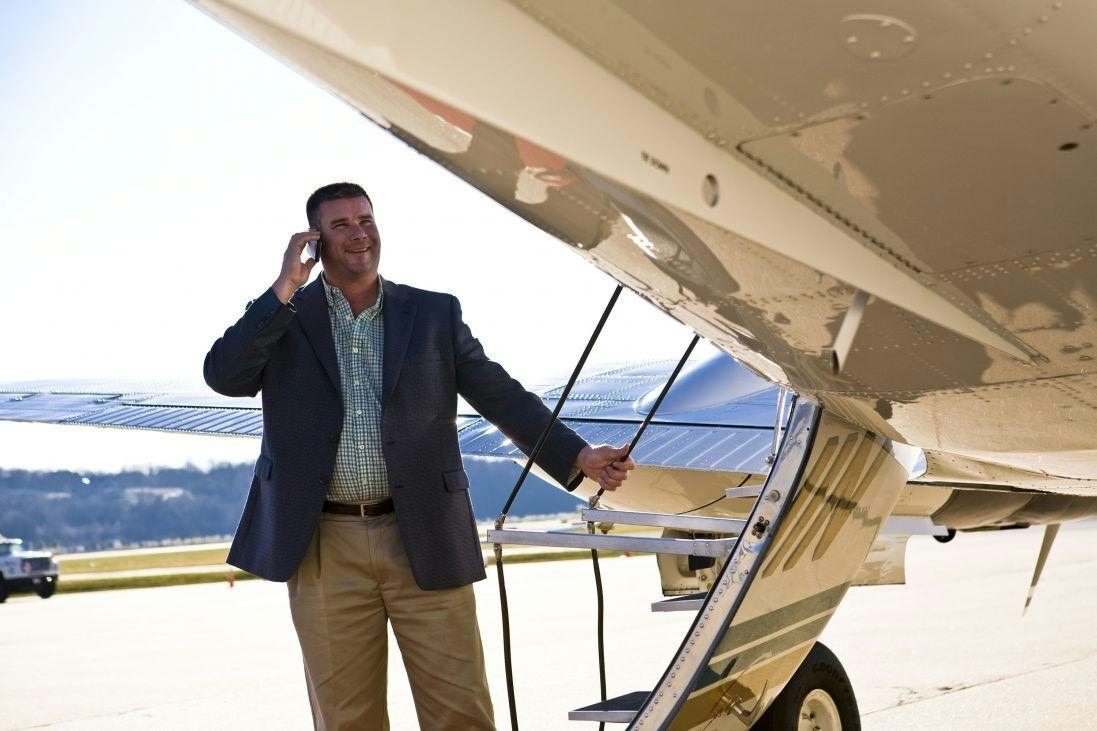
Aircraft Leasing Companies Offer Potential Benefits for Investors
Sustained Growth in Air Travel and Aircraft Demand
The air travel sector has demonstrated remarkable expansion, growing nearly twice as fast as the global economy over the past fifty years. According to the International Air Transport Association (IATA), commercial air travel, measured by passenger miles, has outpaced global economic growth by a factor of 1.7 since the 1970s. This growth has persisted despite significant disruptions, including the 9/11 attacks, the global financial crisis, and the Covid-19 pandemic. Looking ahead, IATA projects an annual growth rate of 3.4% over the next 15 years, underscoring the sector’s robust outlook.
This sustained expansion drives a substantial demand for new aircraft. Airlines worldwide are expected to require approximately 42,000 new planes over the next two decades. However, the industry currently faces a shortfall of at least 2,000 aircraft, as noted by consultancy McKinsey. Production delays at major manufacturers Airbus and Boeing, which have struggled to increase output following pandemic-related slowdowns, are anticipated to keep the market undersupplied for several years. This persistent supply constraint is likely to influence leasing rates and create investment opportunities within the sector.
The Appeal of Aircraft Leasing for Investors
While direct investment in aircraft manufacturers such as Airbus and Boeing may appear logical, aircraft leasing companies present a potentially more attractive proposition. McKinsey’s analysis reveals that investments in aircraft leasing have consistently outperformed in recent years. The preference among most airlines to lease rather than purchase aircraft outright allows them to conserve capital and focus on operational priorities. Consequently, aircraft leasing finance has emerged as a rapidly growing asset class.
The leasing model operates on a relatively straightforward principle. Leasing companies raise capital through a combination of equity and debt, which they use to acquire aircraft. These planes are then leased to airlines, with lease payments covering debt servicing and generating regular, predictable distributions for shareholders. At the conclusion of a lease, the lessor typically retains ownership of the aircraft, with options to re-lease or sell the asset, thereby maintaining flexibility and potential for additional returns.
Market Dynamics and Emerging Challenges
Recent developments underscore the momentum within the aircraft leasing sector. For instance, Air Lease Corporation reported increased third-quarter profits and is on track to become the world’s largest aircraft leasing firm following a $7.4 billion buyout. This positive market performance has prompted competitors to explore strategic acquisitions and partnerships to strengthen their positions, exemplified by Turkish Airlines’ investment in Air Europa.
Nevertheless, investors should remain cognizant of potential challenges. Continued production delays at Boeing and Airbus may restrict the supply of new aircraft, impacting leasing rates and the ability of lessors to satisfy demand. Additionally, market volatility and broader economic downturns present risks to the sector’s stability. In response, some investors are employing hedging strategies, such as purchasing put options on weaker stocks, to mitigate potential losses.
Despite these risks, the combination of strong long-term demand, supply constraints, and evolving airline business models positions aircraft leasing as an appealing option for investors seeking stable income and exposure to the expanding aviation industry.
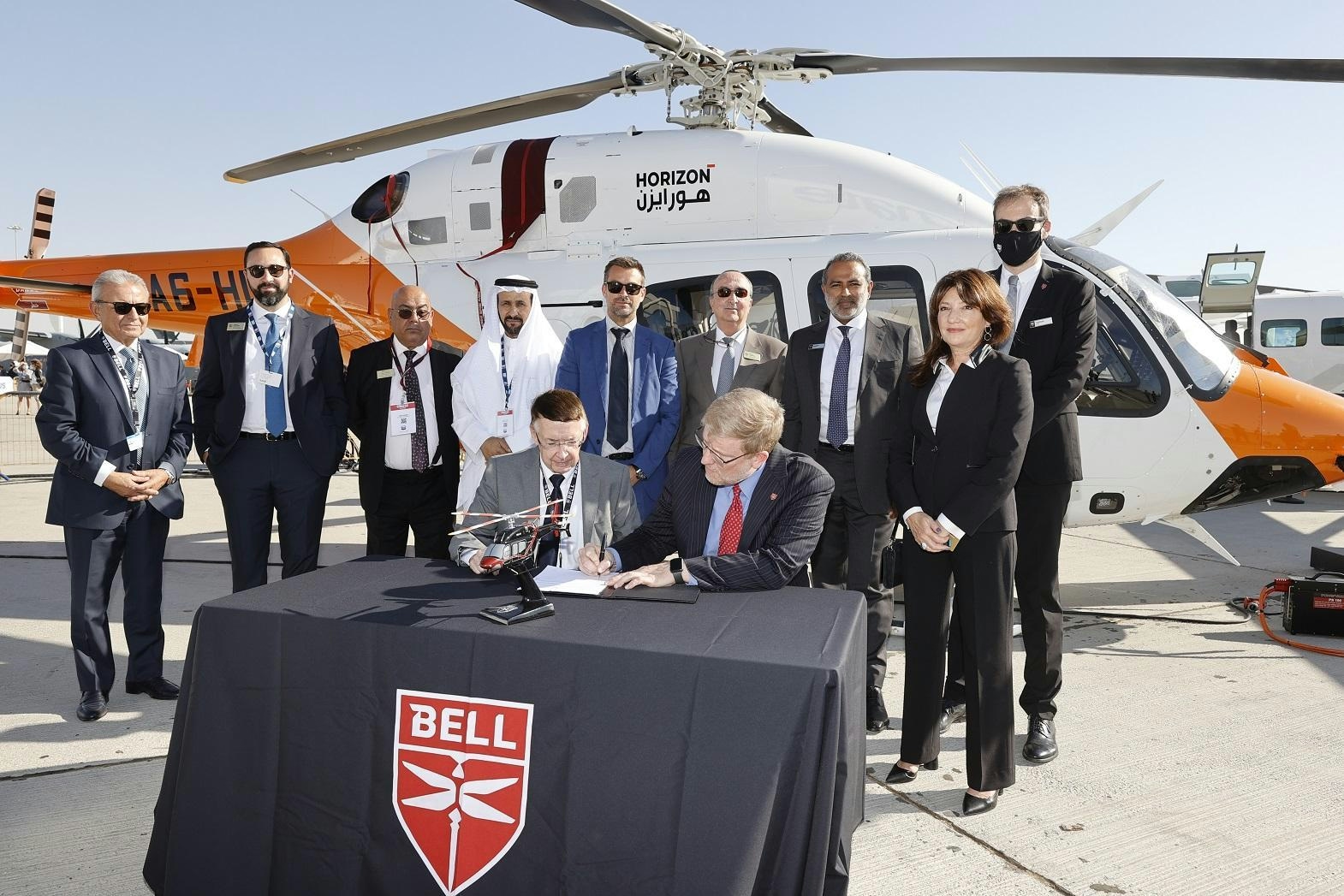
Abu Dhabi Aviation and Honeywell Enhance Helicopter Maintenance Services in UAE
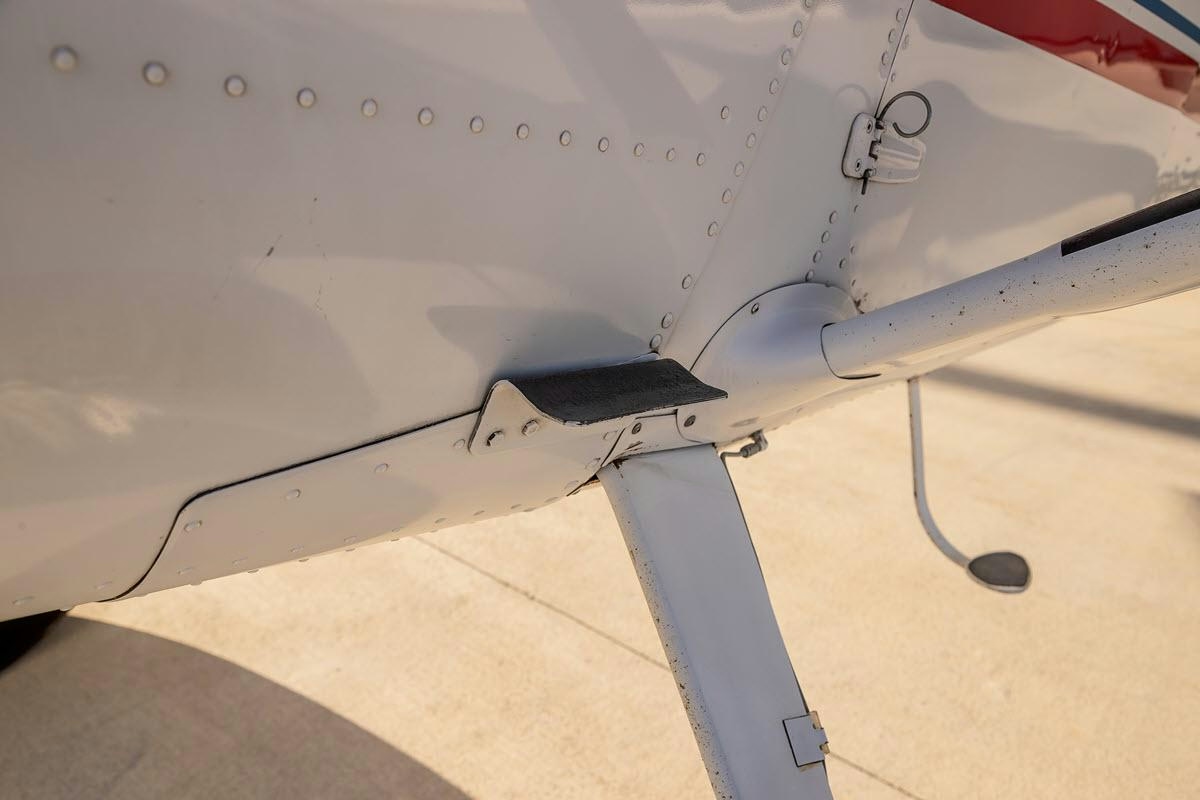
McFarlane Aviation Acquires P. Ponk STCs for Legacy Cessna Aircraft
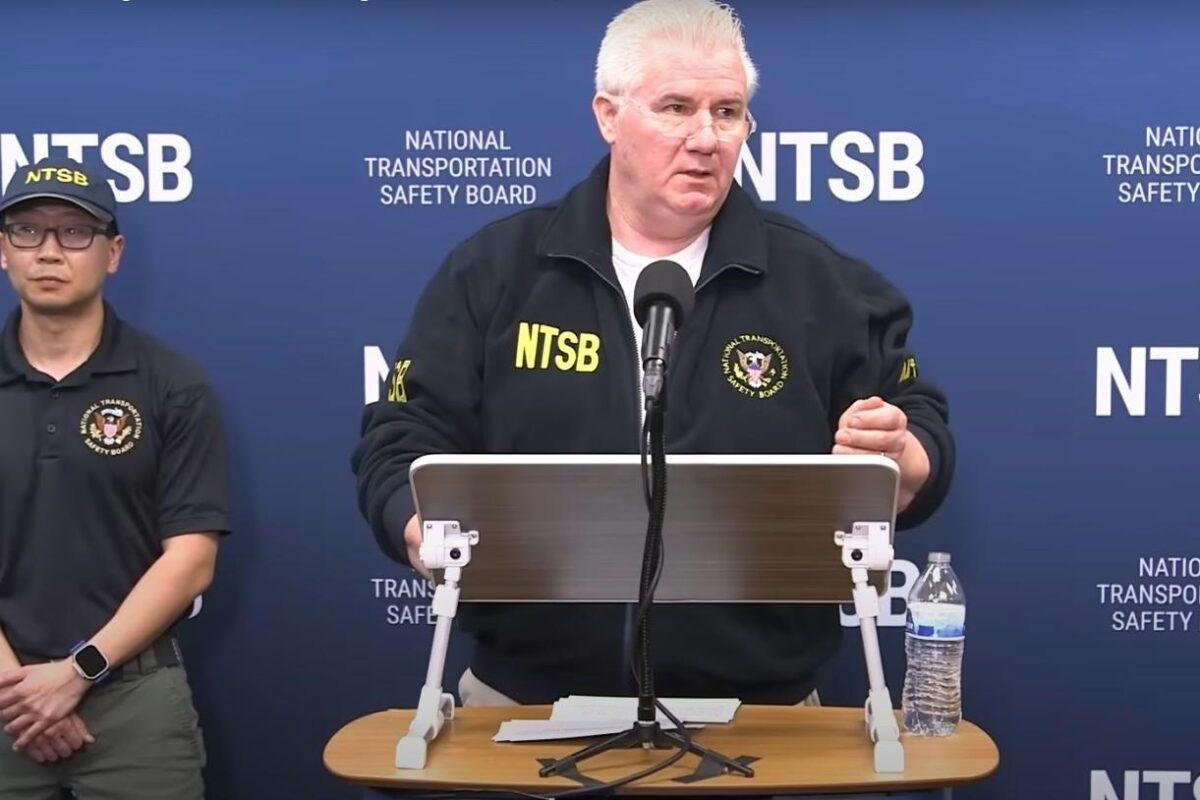
NTSB Investigates Pylon Fatigue Cracks in UPS Flight 2976 Engine Separation

Northern Jet Emphasizes Human Authenticity Amid Industry Shift to Automation

Tyler Kleinsasser Awarded Inaugural JSSI Aviation Innovation Grant

2025 Aviation Industry Workplace Awards Announced
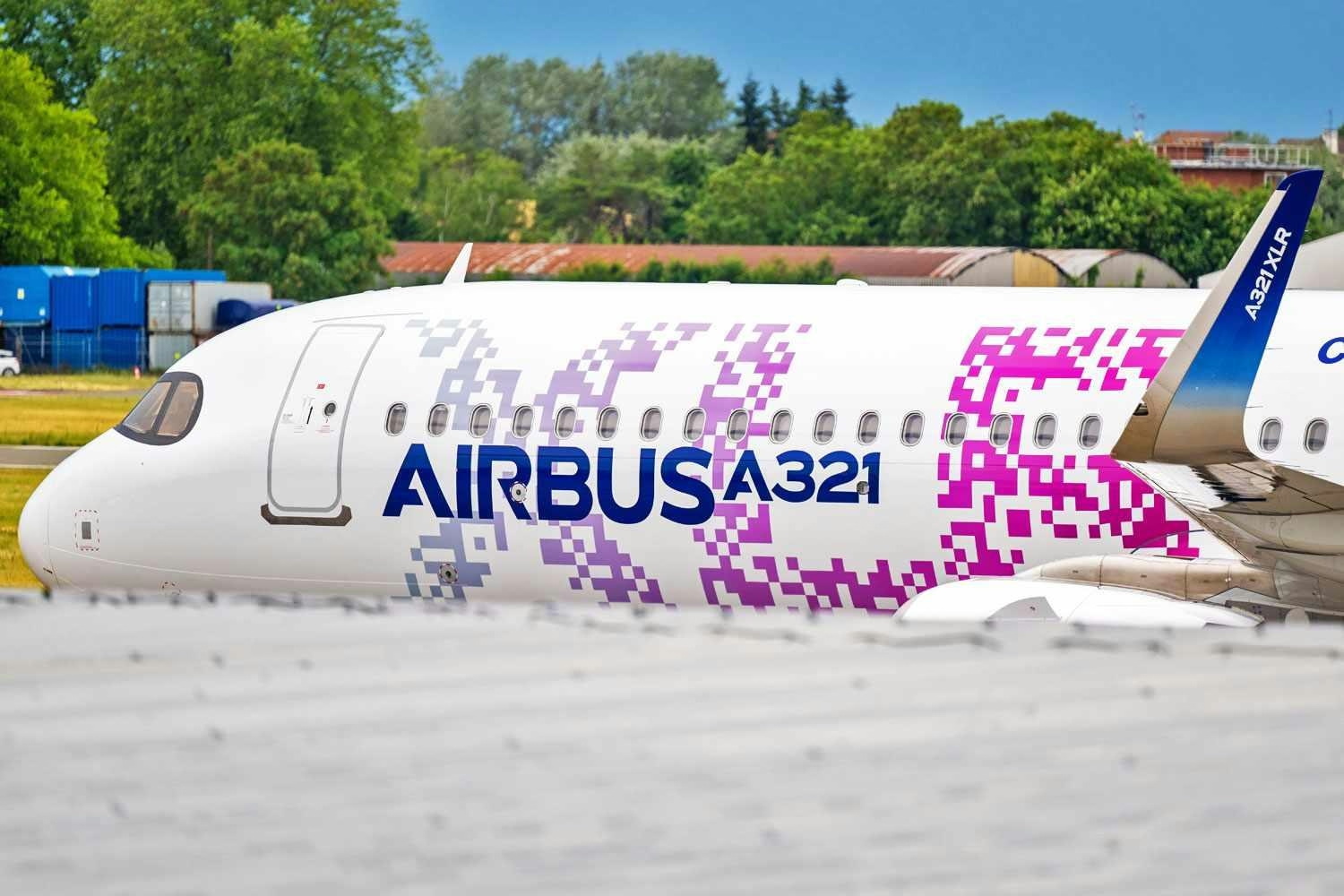
LATAM Confirms Order for Airbus A321XLR Jets
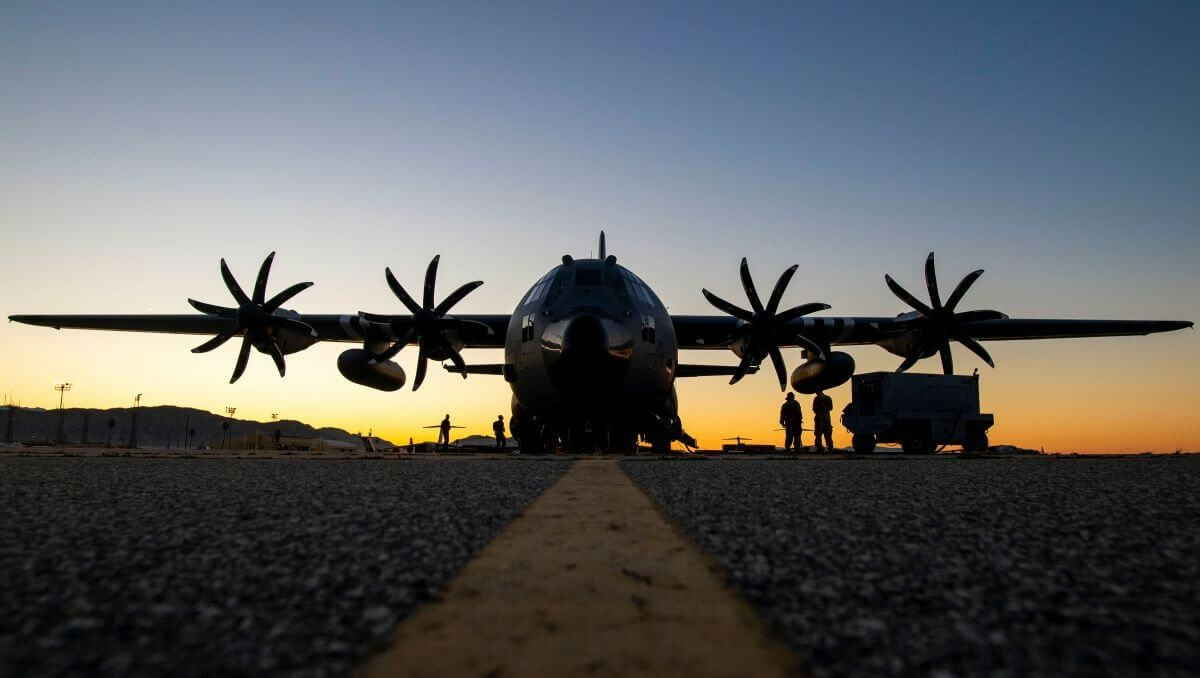
AIR ONE International Holdings Launches AIR ONE Technics Division
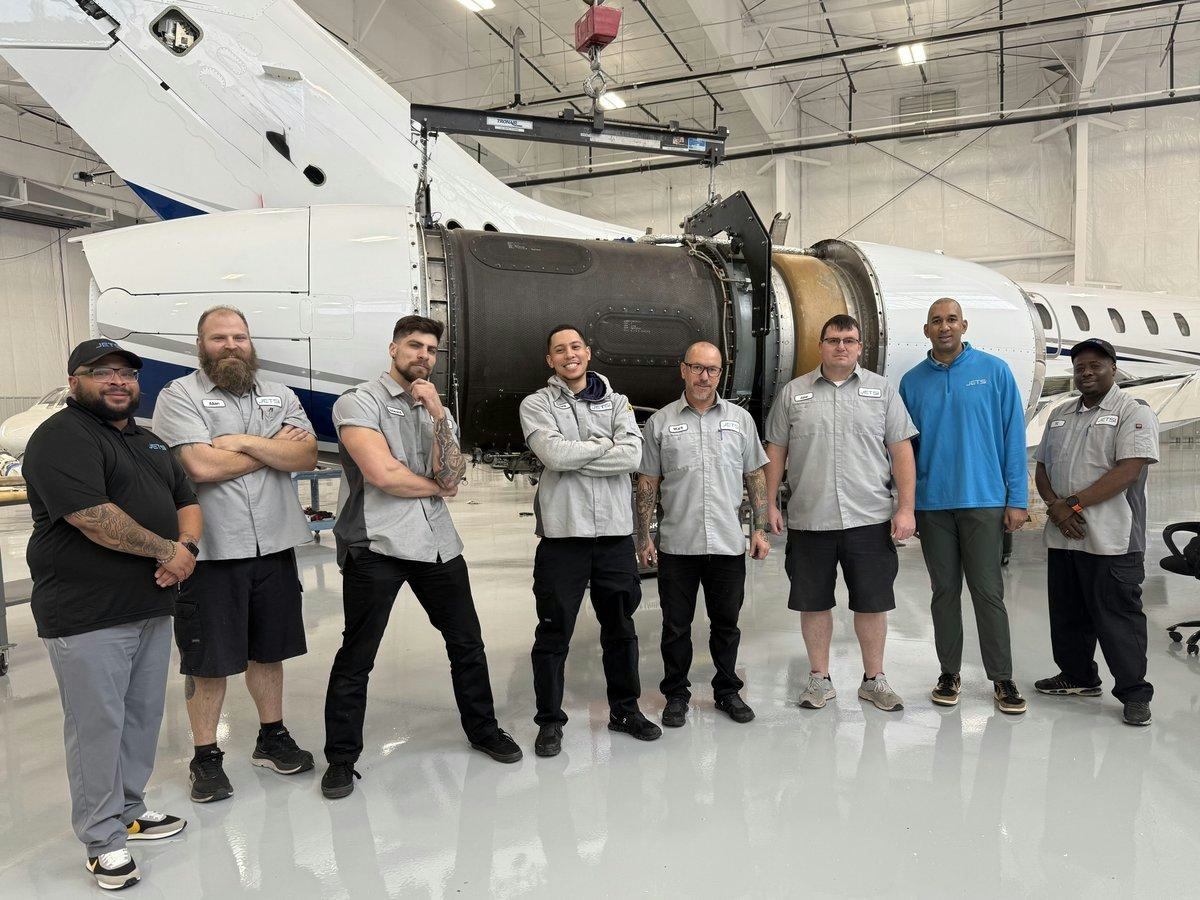
ExecuJet MRO Services Renews FAA and African Certifications
